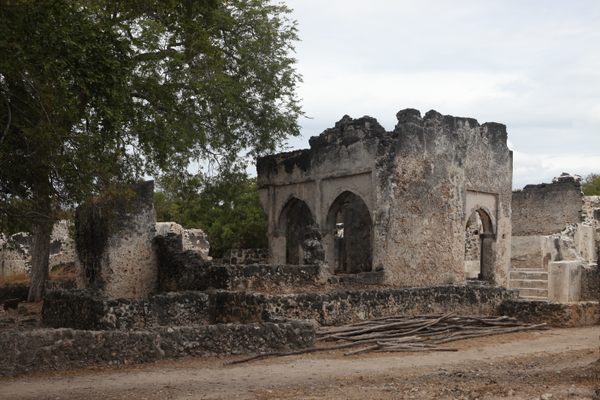AO Edited
Youzihu
The ruins of a prehistoric village hide on a remote Taiwanese island.
Located southeast of Taiwan’s mainland is Green Island, a small island about a fourth the size of Manhattan. The island’s natural beauty has long made it a famous destination for Taiwanese vacationers. History buffs are also attracted by the Green Island Human Rights Culture Park and Museum, which commemorates the island’s past as a prison and reeducation camp for political dissidents during Taiwan’s White Terror.
But people have lived on the island for centuries. Long before Chiang Kai-chek sent suspected communists and Taiwanese nationalists to be reeducated on Green Island, the Aboriginal Amis people settled the island, fishing the surrounding waters.
As a testament to this past, a prehistoric fishing village, known as Youzihu, lies in ruins on the mostly uninhabited east coast of the island. The buildings, made from coral rock, were abandoned centuries ago and have long been overtaken by foliage, many of their roofs collapsed. But the houses are otherwise surprisingly well-preserved. During the Japanese colonial era between 1895 and 1945, when Taiwan was a Japanese colonial possession, the ruins were an important archaeological site.
The ruins sit within a seaside valley, surrounded on three sides by steep cliffs and on the fourth by the tides. Visitors can walk freely among the buildings and imagine what life might have been like for the people who long ago called Green Island home.
Know Before You Go
The village is freely accessible via a winding cliffside road, which can be taken by car or scooter. You can find the exact location of the heritage buildings by plugging "咾咕石古厝" or the following coordinates 22.6656173, 121.509363 into Google Maps.















Follow us on Twitter to get the latest on the world's hidden wonders.
Like us on Facebook to get the latest on the world's hidden wonders.
Follow us on Twitter Like us on Facebook